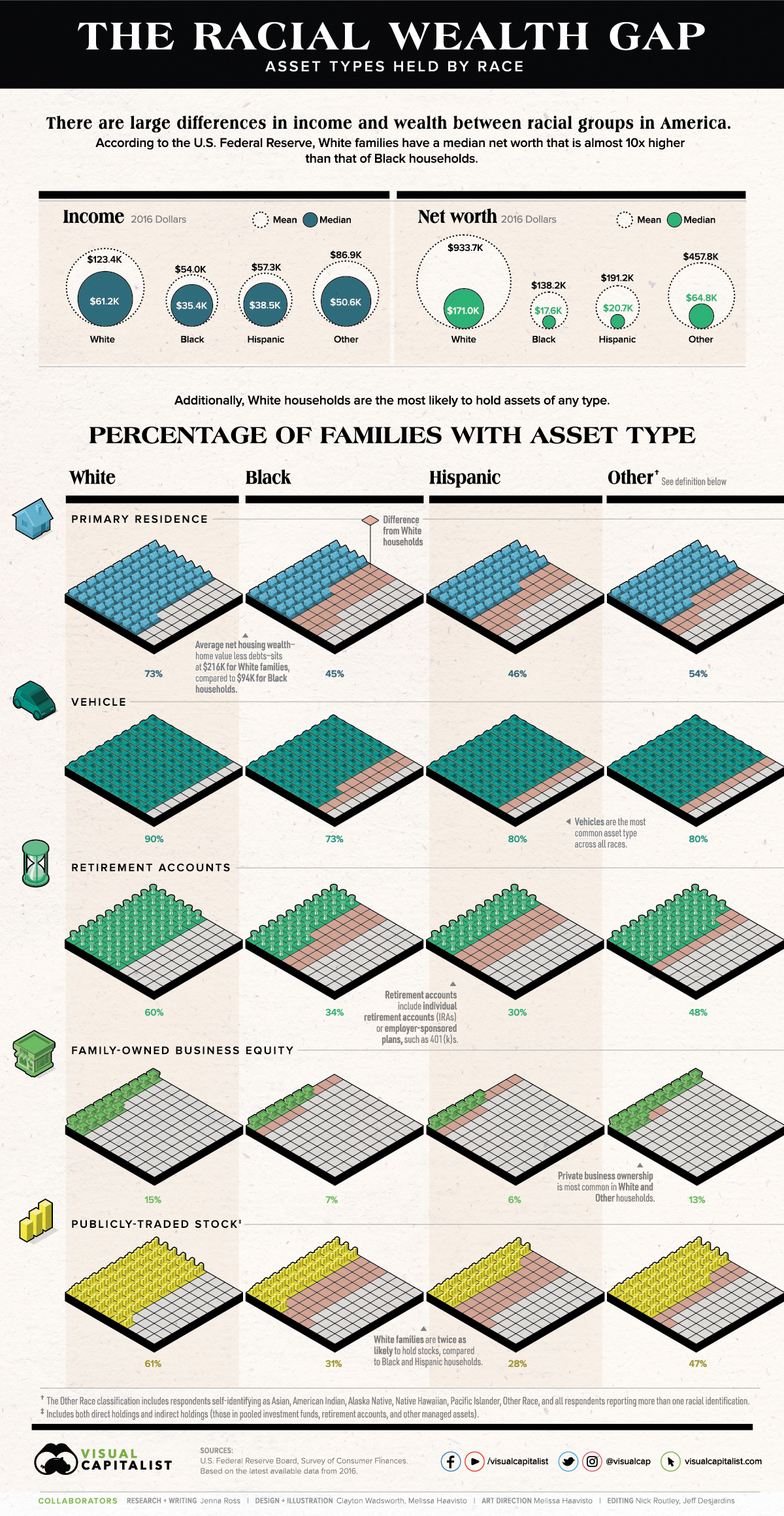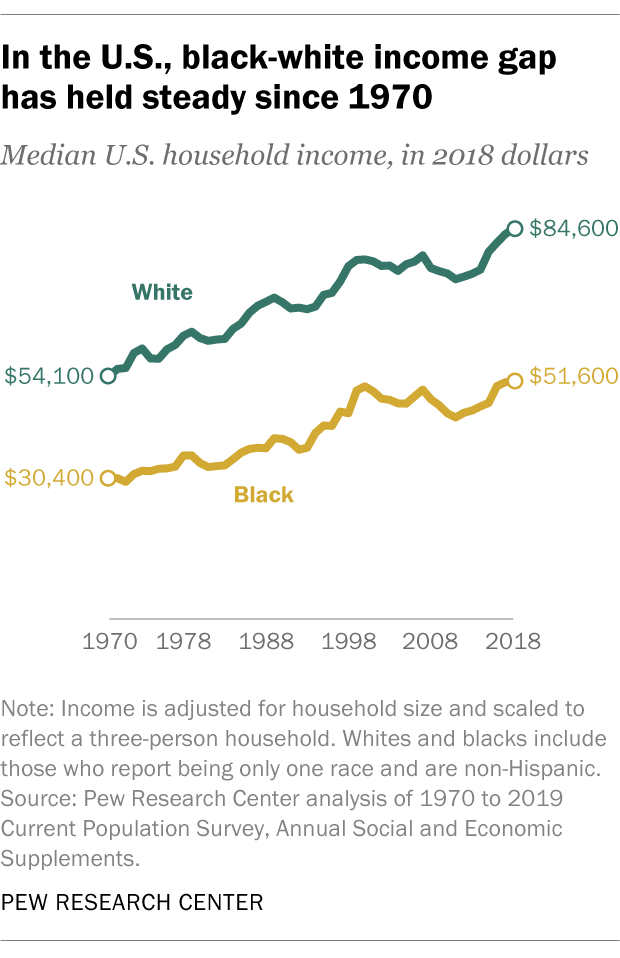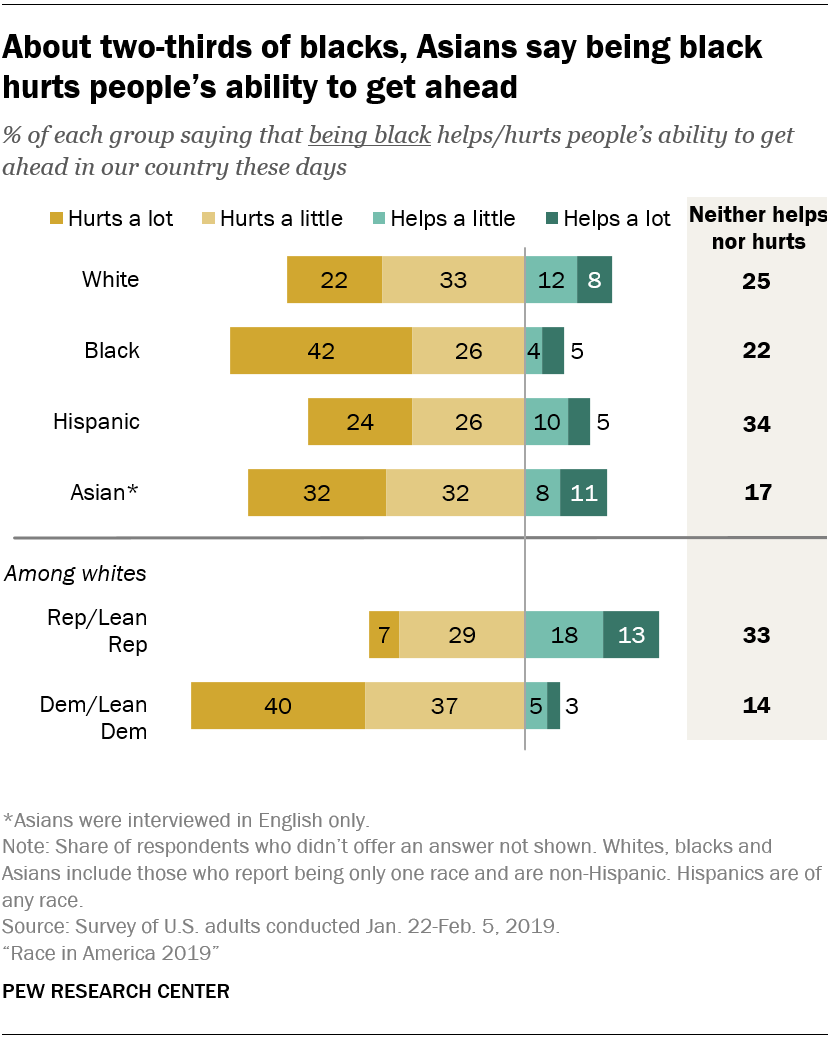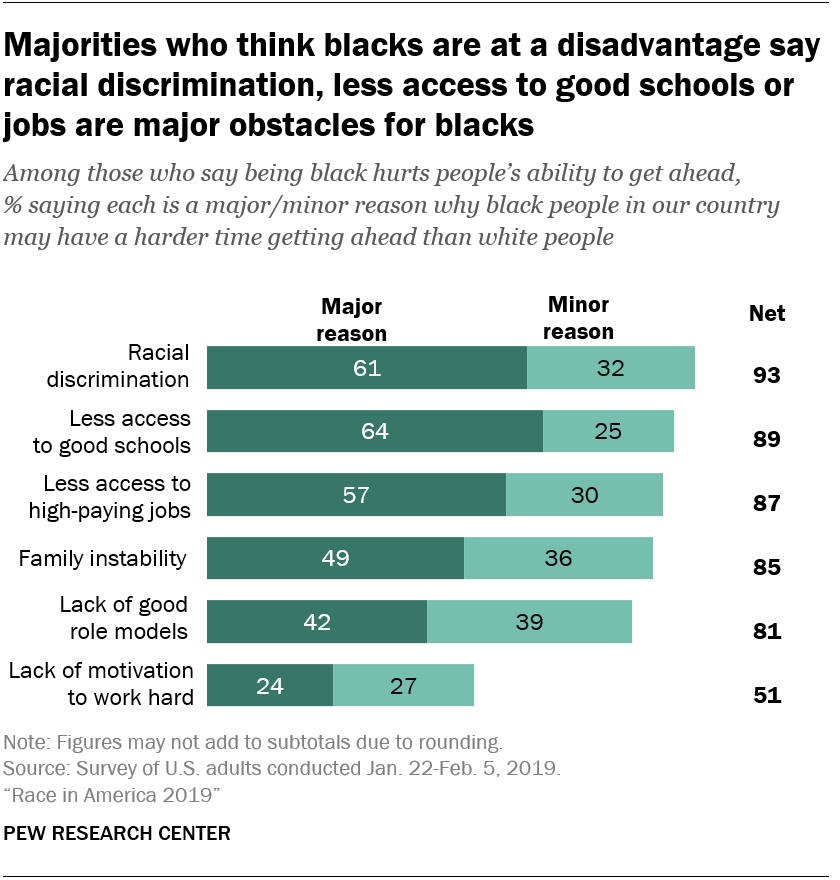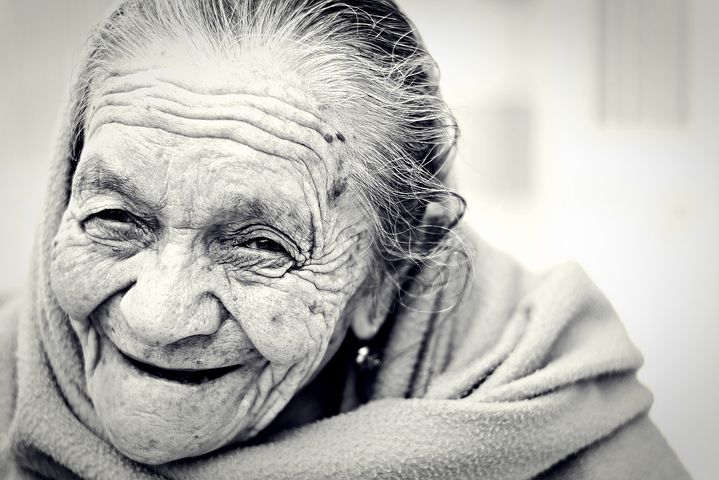Here are some figures revealing just how big the wealth gap is between different races.
The on-going Black Lives Matter Protests have brought into light the issue of rising economic disparity experienced among different racial groups in the United States.
As more cities respond to the call for equality, we can expect these discussions to remain at the centre, especially since the 2020 general election is around the corner.
Here are some things you need to know about the racial wealth gap in America.
On financial assets
Using data from the U.S. Federal Reserve’s Survey of Consumer Finances, Visual Capitalist made an infographic to better see how the ownership of different types of assets varies between racial groups.
It is clear that regardless of the asset type, White households are most likely to hold them. Inequalities are especially pronounced in terms of the ownership of primary residences and holding publicly-traded stocks.
According to Visual Capitalist, these financial assets play an important role in wealth-building. With fewer people of color holding them, they miss out on higher average returns compared to low-risk assets like cash assets.
On income
A recent study from the Federal Reserve Bank of Cleveland pinpoints income inequality as the primary determinant of the racial wealth gap.
According to the Organization for Economic Cooperation and Development (OECD), the U.S. recorded the highest level of income inequality among the G7 countries. Not only is it the highest — it has been following an upward trend for decades now.
The visualisation by Pew Research above depicts the household income of black and white U.S. households. It is evident that the black-white income gap is both persistent and massive through the years.
In 2018, the median household income of black households and only 61% of the median white household income. This translates to a difference of about USD 33,000.
Perceptions towards the racial wealth gap
Another Pew Research study asked U.S. adults about the extent to which being black impedes a person’s ability to get ahead in the country. 68% of blacks said that being black hurts at least a little. At least half of the respondents from other races said the same thing.
Among those who view being black as a disadvantage in getting ahead, discrimination, less access to schools, and less access to high-paying jobs are identified as primary reasons why this is the case.
It is easy for people who do not experience these disadvantages in their daily lives to deny the existence of the racial wealth gap. This is why it is important to avoid being blinded by the privilege that we possess. Seeing both the numbers and the perceptions of the people, it is undeniable that the evidence points toward the need for racial justice.
The striking disparity in wealth between the black and white Americans stems from the long history of oppression committed against the black people that is almost as old as this country itself. The time to end the centuries worth of injustice is now.

